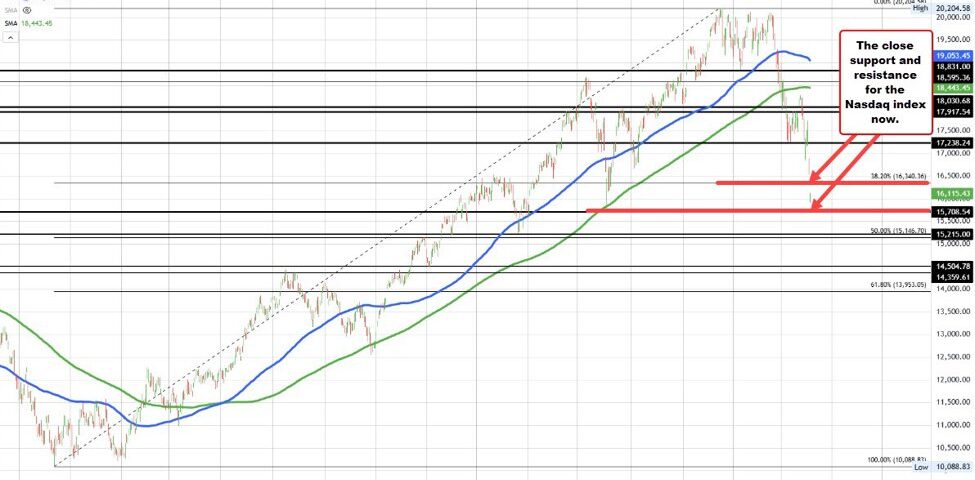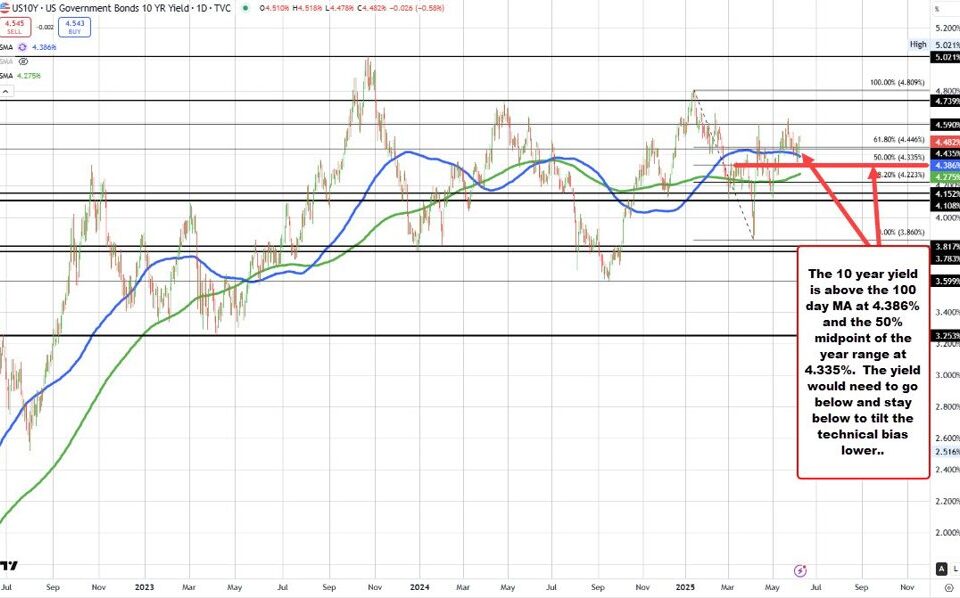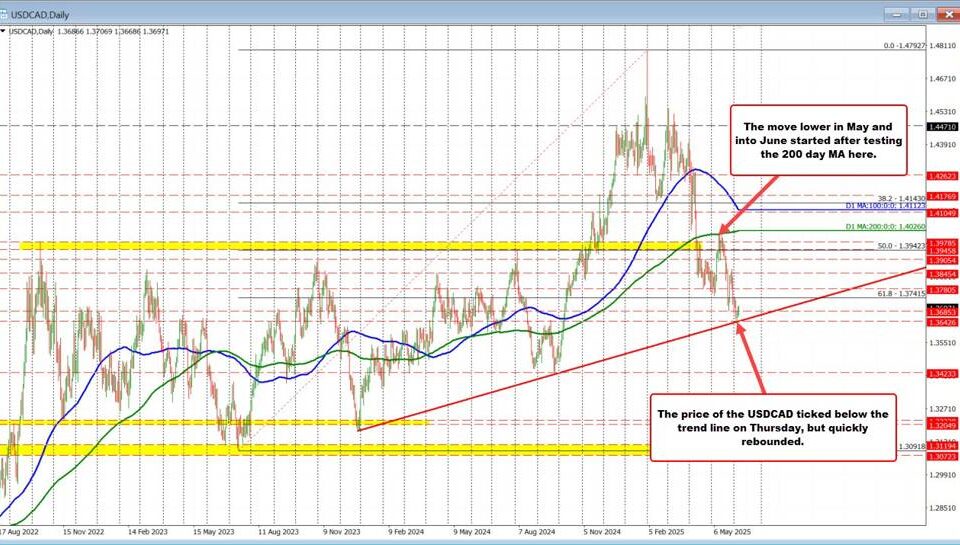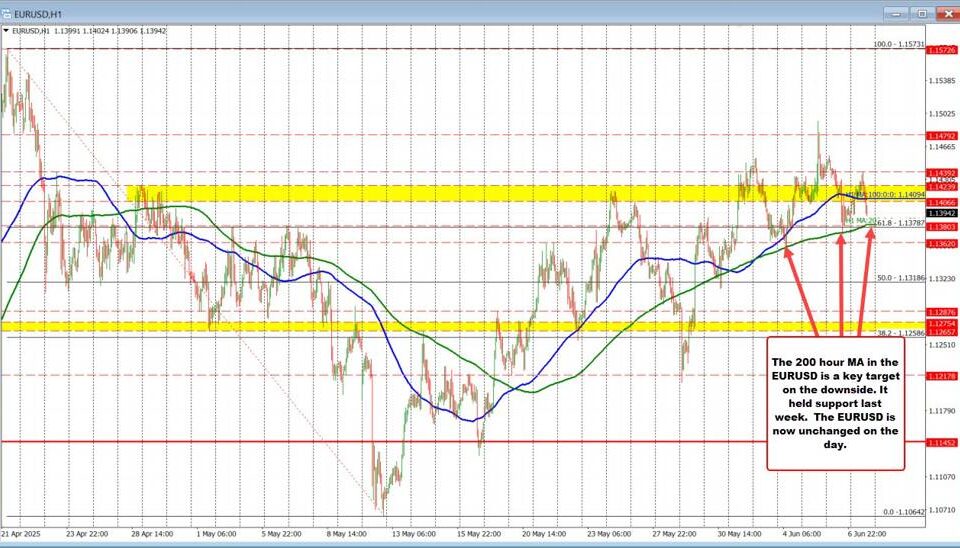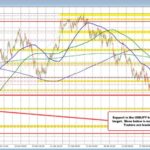
Navigating USDJPY Volatility: Key Insights & Strategies
Tháng 4 4, 2025
Navigating the Political Crossroads: DOGE and Tariffs Uncovered
Tháng 4 4, 2025NASDAQ Composite Faces Significant Volatility: Insights into Recent Market Performance
In recent weeks, the NASDAQ Composite has experienced notable fluctuations, carving out a path that has raised concerns among investors and analysts alike. This volatility is underscored by the index’s drop of 21.2% from its historic peak, signifying a challenging period for equity markets. In addition to the NASDAQ’s performance, there are noteworthy developments in other major U.S. stock indexes, such as the Dow Jones Industrial Average and the S&P 500, which have also witnessed tumultuous trading conditions.
The Current Landscape of the NASDAQ Composite
As of April 2, 2025, the NASDAQ Composite managed to close at 17,449.89, enjoying a modest uptick of 0.9%, primarily fueled by a resurgence of technology stocks. This glimpse of optimism, however, proved short-lived. By April 3, 2025, the index succumbed to the pressures of the broader economic climate, retracting to 16,550.61—a decline of 5.97%. This downward trajectory marks the index’s entry into correction territory, having fallen more than 10% from its previous highs for the first time in two years.
The broader ramifications of these fluctuations cannot be overstated. The NASDAQ, traditionally leveraged by tech giants, is now wrestling with external factors that threaten its stability. Investor sentiment typically reacts sharply during market corrections, which raises questions about both the sustainability of current valuations and the overall health of the tech sector. To navigate these turbulent times, investors should be keenly aware of common psychological pitfalls that can lead to poor decision-making. For valuable insights, you can explore these common investment mistakes to avoid for success in this blog.
Challenges Facing Other Major U.S. Indexes
The turmoil within the NASDAQ Composite is part of a larger narrative affecting other key market indicators. The Dow Jones Industrial Average and the S&P 500 have also faced significant selling pressure, both of which concluded the first quarter of 2025 on a negative note. As of April 3, 2025, the Dow Jones stood at 40,545.93, a decrease of 3.98%, while the S&P 500 dipped to 5,461.65, reflecting a 3.69% decline. Such widespread volatility raises critical questions regarding the underlying causes and longer-term implications for investors. It’s essential to learn from past mistakes, particularly in volatile markets, and avoid pitfalls such as chasing high-performing investments. For a deeper understanding, consider reviewing this blog on investment mistakes.
Market Sentiment and Economic Influences
Several macroeconomic factors contribute to the prevailing market sentiment. Concerns over potential U.S. tariffs are front and center, adding a layer of uncertainty that directly impacts corporate earnings projections. Additionally, rising inflation rates cast a long shadow over consumer spending and could lead to more aggressive monetary policy by the Federal Reserve. Fears of a potential recession loom large, prompting investors to adopt a more cautious approach and reassess their portfolios in light of potential economic slowdowns. With these factors in mind, utilizing strategies such as value investing may provide a buffer against current market volatility. For more tips on effective investing, check out this blog on value investing.
In conclusion, the NASDAQ Composite’s recent volatility mirrors broader market dynamics that are affecting major indexes across the board. Investors are navigating a challenging landscape characterized by heightened uncertainty and macroeconomic pressures. As the market continues to respond to these developments, all eyes remain on the tech sector, which has historically served as a barometer for growth in the U.S. economy. Understanding these trends is crucial for investors aiming to make informed decisions amidst market fluctuations.

